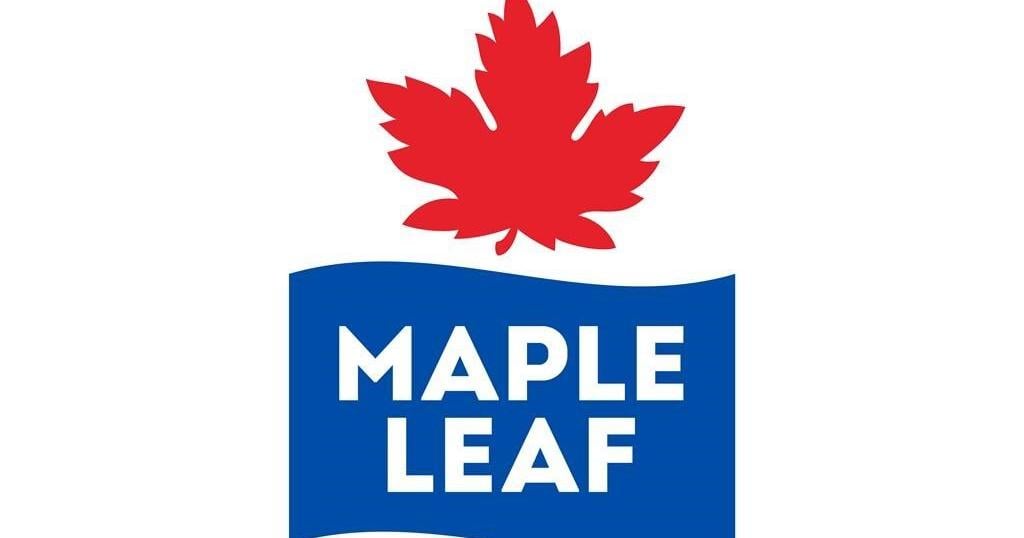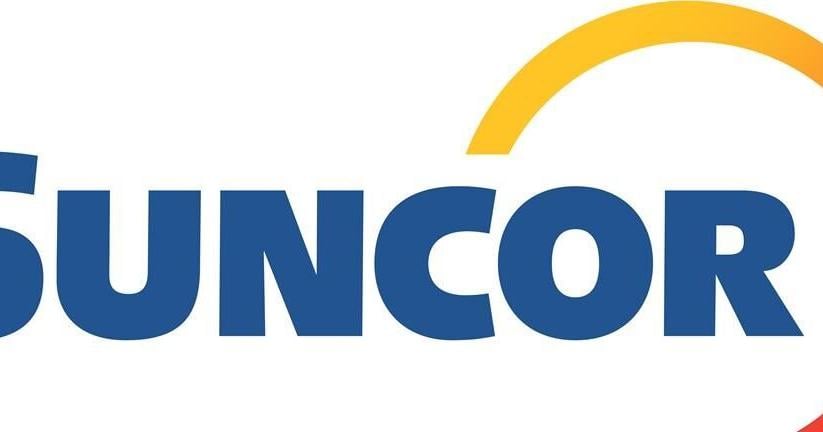Canada News is a roundup of stories from The Canadian Press designed to kickstart your day. Here is what’s on the radar of our editors for the morning of Tuesday, Jan. 3, 2023 …
What we are watching in Canada …
Canada’s 100 highest-paid CEOs made an average of $14.3 million in 2021, smashing the previous record of $11.8 million set in 2018, according to the Canadian Centre for Policy Alternatives (CCPA).
Report author and CCPA senior economist David Macdonald said that the 100 CEOS, who are mostly men, made 243 times the average Canadian worker in 2021, again beating 2018’s record of 227 times.
Most of the money these CEOs made was not from their salary, but from so-called variable compensation, which includes bonuses, stock options and shares. That ratio has been climbing over the years, with 83 per cent of CEOs’ total pay in 2021 made up of variable compensation compared with 69 per cent in 2008, according to the report.
The list’s floor has been rising as average CEO pay gets higher, said Macdonald; this year the lowest-paid CEO on the list was Cameco Corp.’s Tim Gitzel, at $6.7 million.
The CEO pay trends of 2021 are likely to have continued into 2022 as they were driven by historically high profits and historically high inflation, said Macdonald, which of course continued over the past year despite the Bank of Canada’s efforts to quell inflation with — again, historic — interest rate hikes.
—
Also this …
Canadian investors who made it through a tumultuous 2022 face further uncertainty in the year ahead amid increased recession risk, higher interest rates, persistent inflation, a jittery stock market and a plummeting real estate market.
Investment professionals and personal finance experts say the easiest way to grow your money this year is to keep things simple.
It’s a good time to invest in the stock market now that prices have come down quite a bit, especially for people with time on their side, said investment expert and author of “The Sassy Investor” Michelle Hung.
Hung also suggests including some safer investment options like guaranteed investment certificates (GICs). The two main features of every GIC are the term and the interest rate.
When it comes to where stock markets are headed, Carol Schleif, chief investment officer at BMO Family Office says “being in cash right now isn’t a bad idea.” Cash, or liquid funds, in an investment portfolio gives you wiggle room during times of financial uncertainty.
—
What we are watching in the U.S. …
The new U-S Congress opens with House Republican leader Kevin McCarthy grasping for his political survival.
McCarthy could become the first nominee for speaker in 100 years to fail to win support from his own colleagues in the first round of voting.
A new generation of Trump-aligned Republicans are leading the opposition to McCarthy, inspired by the former president’s Make America Great Again slogan. They don’t think McCarthy is conservative enough or tough enough to battle Democrats.
The noontime showdown could very well devolve into a prolonged floor fight. Some Republicans worry about a spectacle that divides the party when they’d rather be focused on their priorities, including investigating U-S President Joe Biden’s administration.
It’s in stark contrast with the other side of the Capitol, where Republican Senate leader Mitch McConnell is set to become the longest-serving party leader.
—
What we are watching in the rest of the world …
South Korea reconfirmed Tuesday that Seoul and Washington are discussing its involvement in U.S. nuclear asset management in the face of intensifying North Korean nuclear threats, after U-S President Joe Biden denied that the allies were discussing joint nuclear exercises.
The purported difference came after North Korean leader Kim Jong Un entered the new year with a vow to mass-produce battlefield nuclear weapons targeting South Korea and introduce a more powerful intercontinental ballistic missile capable of striking the mainland U.S.
Some experts say Kim would eventually aim to use his enlarged weapons arsenal to wrest outside concessions like sanctions relief.
Last year, North Korea performed a record number of weapons tests by launching a variety of ballistic missiles capable of reaching the U.S. mainland and its allies South Korea and Japan. In September, North Korea also adopted a new law authorizing the preemptive use of its bombs in a broad range of cases, including non-war scenarios.
—
On this day in 1912 …
The first Canadian hockey game played on artificial ice saw the New Westminster Royals beat the host Victoria Aristocrats 8-3.
—
In sports …
Buffalo Bills defensive back Damar Hamlin was in critical condition early Tuesday after suffering a cardiac arrest on the field following a tackle hours earlier.
On the play the 6-foot, 200-pound Hamlin was injured, Higgins led with his right shoulder, which hit the defensive back in the chest. Hamlin then wrapped his arms around Higgins’ shoulders and helmet to drag him down. Hamlin quickly got to his feet, appeared to adjust his face mask with his right hand, and then fell backward about three seconds later and lay motionless.
Hamlin was treated on the field by team and independent medical personnel and local paramedics, and he was taken by ambulance to the University of Cincinnati Medical Center.
The upsetting incident sparked concern across both teams, the Bills and the hosting Cincinnati Bengals, leading to the indefinite postponement of the pivotal Monday night showdown.
The Bills said in a statement: “Damar Hamlin suffered a cardiac arrest following a hit in our game versus the Bengals. His heartbeat was restored on the field and he was transferred to the UC Medical Center for further testing and treatment. He is currently sedated and listed in critical condition.”
About 100 Bills fans and a few Bengals fans gathered on a corner one block from the emergency room entrance, some of them holding candles.
—
Did you see this?
Scientists who study the endangered North Atlantic right whale are cautiously optimistic about the current breeding season after nine calves were spotted during its first few weeks.
Moira Brown, senior scientist with the Canadian Whale Institute, said fewer than 100 of the 340 surviving animals in the waters along Canada’s eastern coast are mothers.
“Every calf is valuable,” she said. “It’s a little bit of hope for the future. The last 10-to-12 years have been pretty hard on right whales.”
The calving season for North Atlantic right whales starts in mid-November and runs through mid-April.
The interval between one birth and another is usually three to five years, but more recently scientists have seen that window expand to between seven and 10 years, Brown said.
Boris Worm, an expert in marine conservation at Dalhousie University in Halifax, said North Atlantic right whales have to contend with several pressures including ship strikes, entanglements from fishing gear and warming waters from climate change that bring challenges related to food.
“The fertility of the whale does correlate with changes in the abundance of their food and distribution. And their food source has collapsed since 2000,” he said.
Around 2010, Brown said scientists noticed a shift in right whales’ habitat from around the Gulf of Maine, which includes the Bay of Fundy and south of Nova Scotia, to the Gulf of St. Lawrence.
“I give the right whales a lot of credit,” she said. “They found food elsewhere, which is good.”
—
This report by The Canadian Press was first published Jan. 3, 2023
Related

























